Tags
booksellers, boycott, Dublin, English, English Copyright Act, gilt device, Greek, Ireland, Irish, Joseph Leathley, leather, London, Plato, raised bands, sprinkled calf, Trinity College, University of Utah
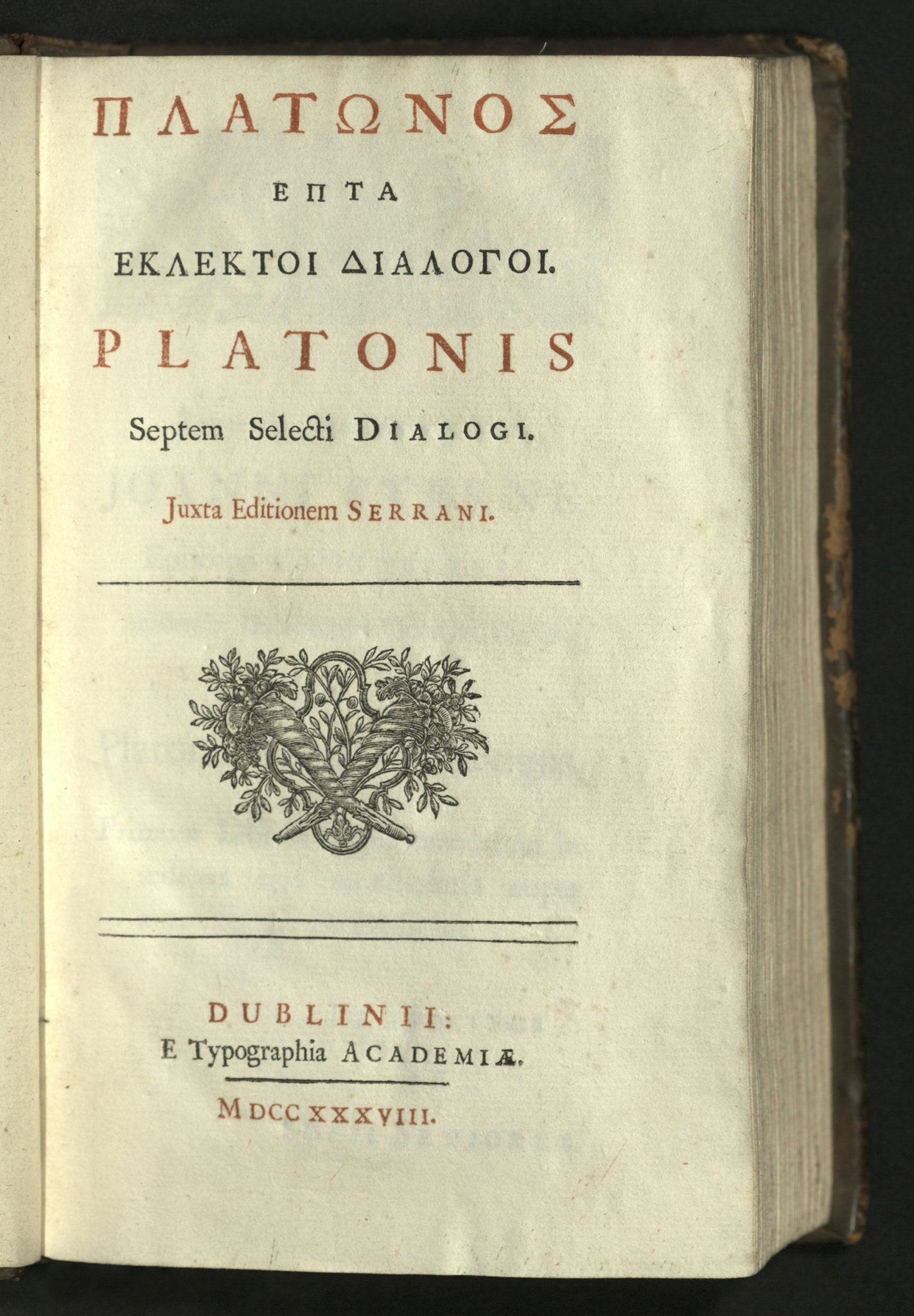
“Books are immortal sons defying their sires.” — Plato
Platōnos epta eklektoi dialogoi
Plato
Dublinii: E typographia academiae, MDCCXXXVIII [1738]
PA4279 A3 1738
This is the first book printed at Trinity College’s printing house, built in 1734, and the first complete Greek text printed in Ireland. Thirty copies were printed on large paper and specially bound as gifts for important people, while the remaining seven hundred and fifty copies were awarded as prizes for the best answers at examinations.
This copy was presented in 1752 and was likely bound at Joseph Leathley’s Binder. The style is similar and the leather identical to many of this shop’s bindings.
In 1735, London booksellers lodged an official complaint that the Dublin book trade was undercutting London book-prices. Given the choice of a London “original” or a Dublin reprint at the same price, Irish readers often chose the former, except in times of patriotic boycott of English goods. The driving force behind choice, however, was cost. Foreign and colonial customers also preferred London imprints, but only if Dublin imprints were equally priced.
English booksellers objected to Dublin booksellers for the obvious: they spoiled the market for English editions in Ireland, and illegally imported copies threatened sales in English provinces and, to some extent, in English colonies. In 1709, the English Copyright Act allowed the reprinting of works first issued in other countries. This opened the trade considerably for Dublin printers. Throughout the 18th century, London booksellers resented the ensuing competition and often accused Dublin of piracy.
While this edition was clearly not a threat to retail commerce, Trinity College’s printing house took jobs away from English printers.
University of Utah copy bound in contemporary sprinkled calf with gilt device of Trinity College on both covers; gilt spine with raised bands, decorated with star, spade, and wavy line tools. Edition of one thousand copies.

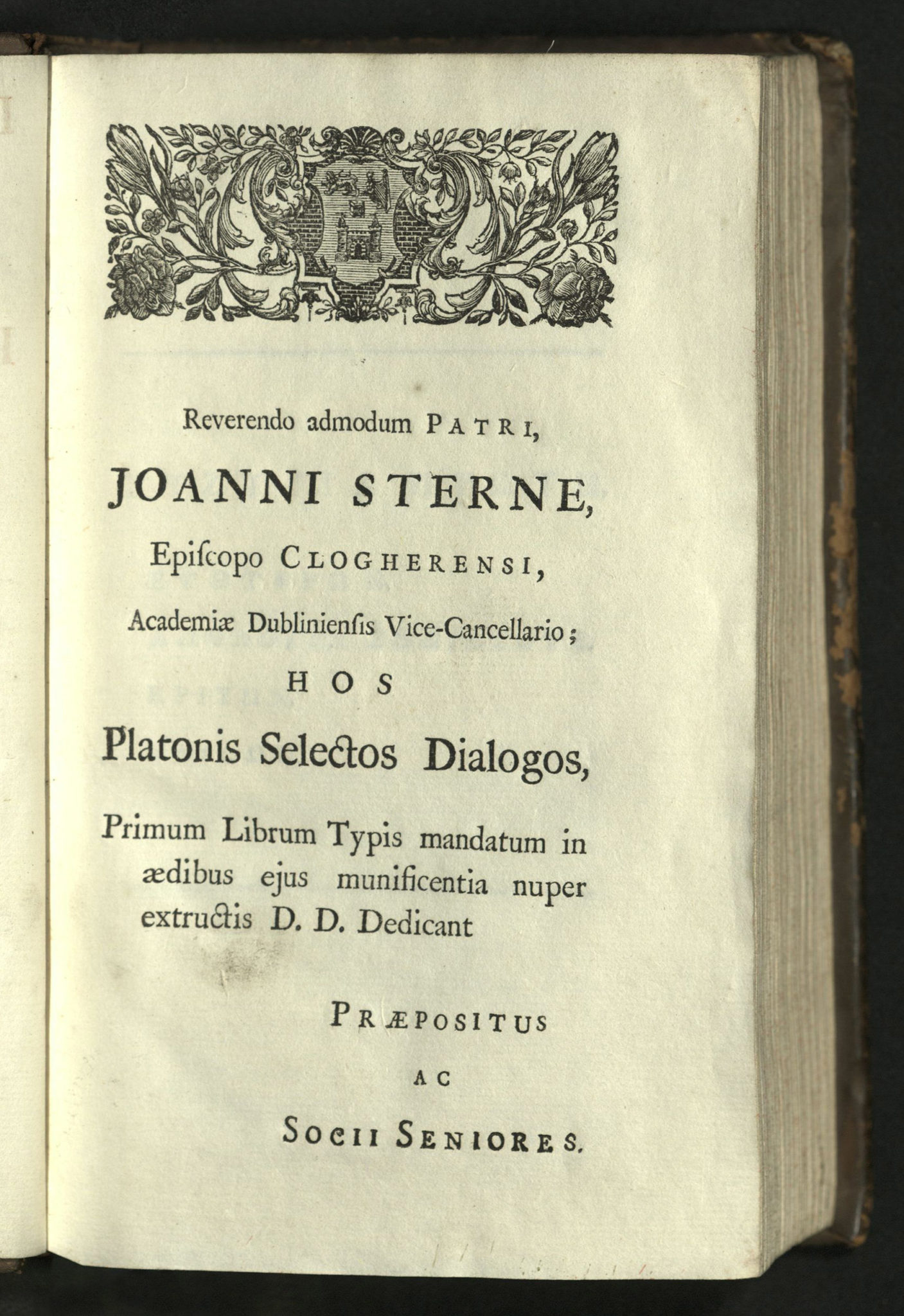
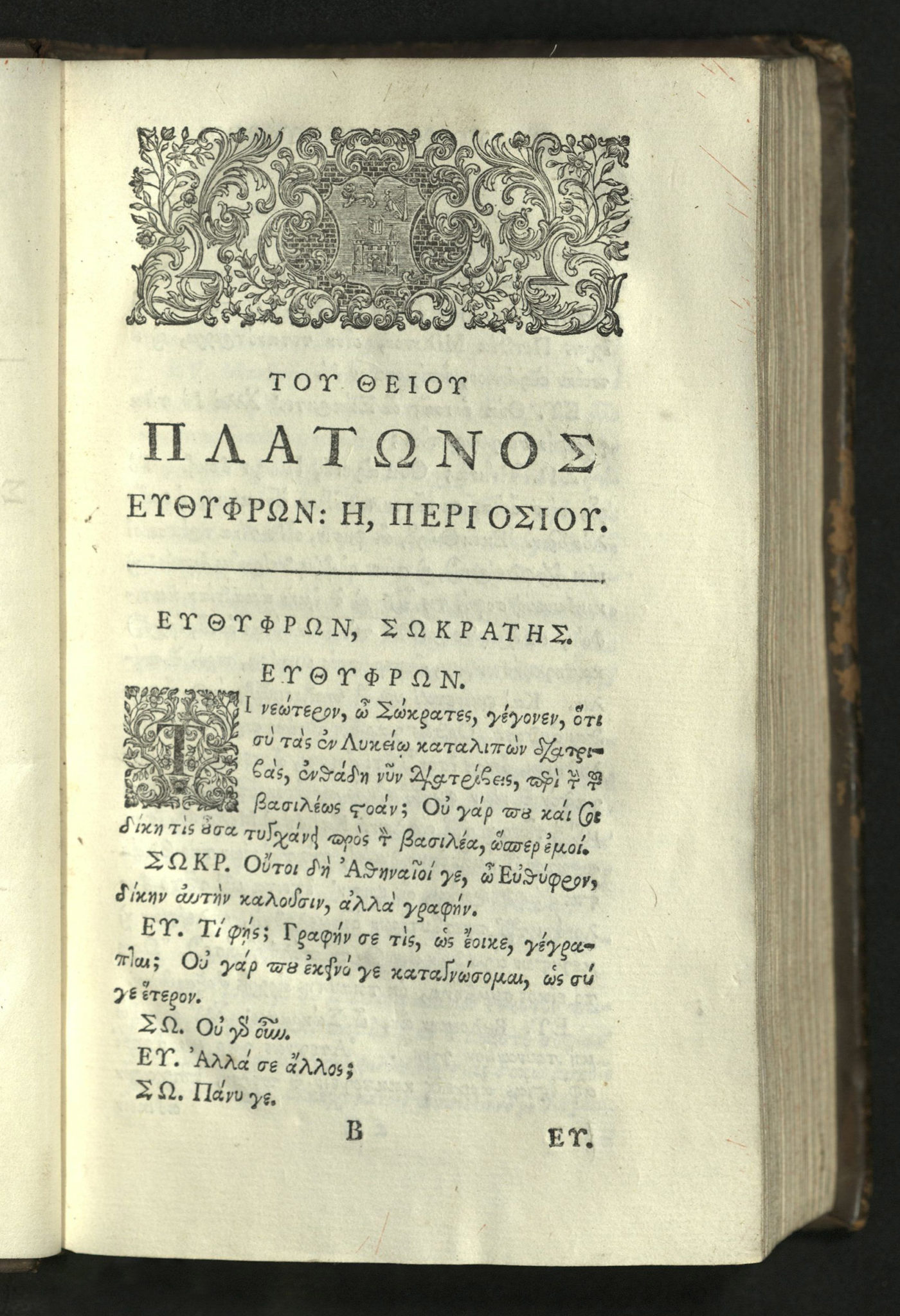
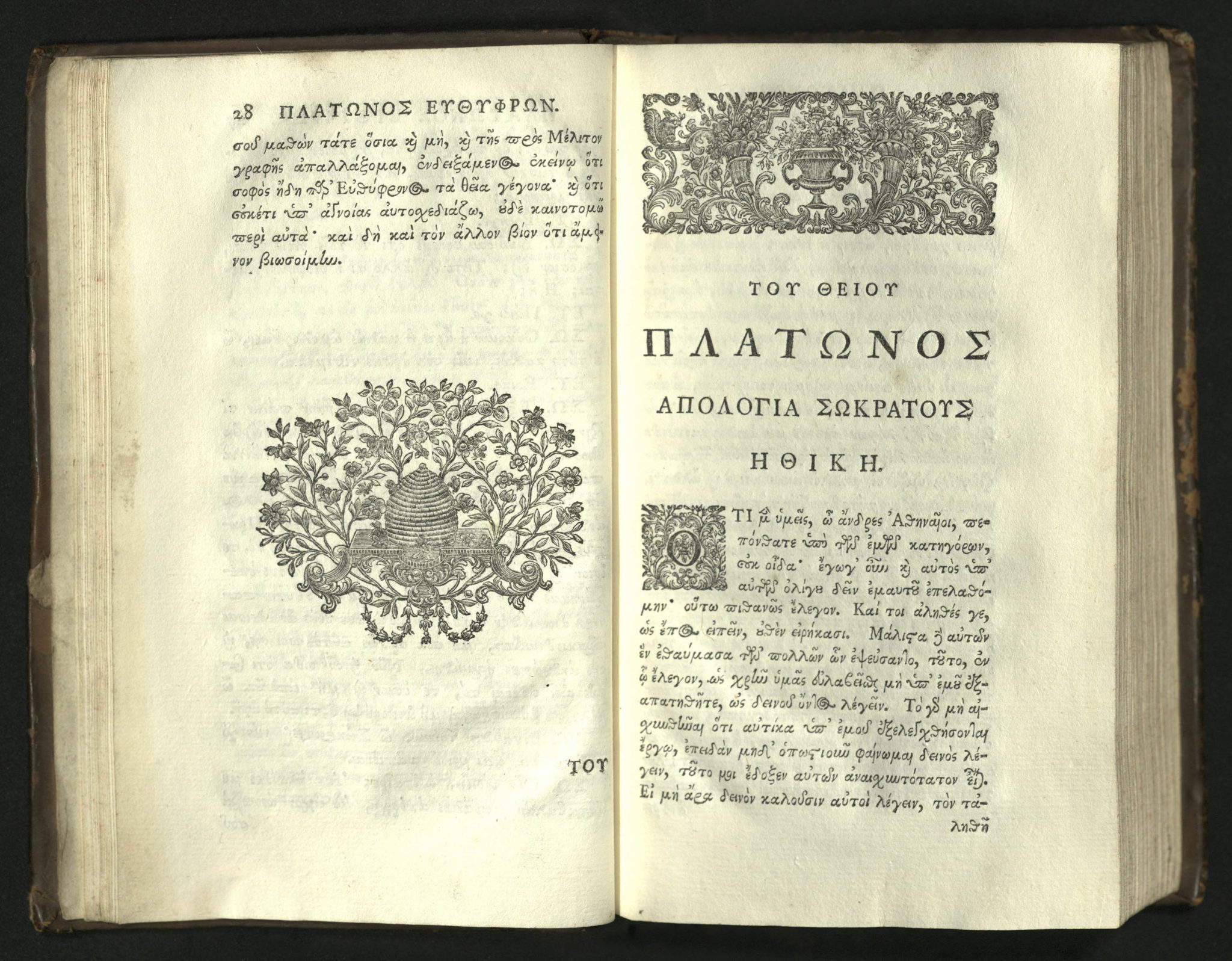

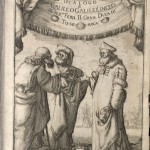

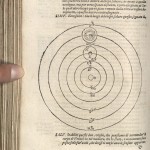

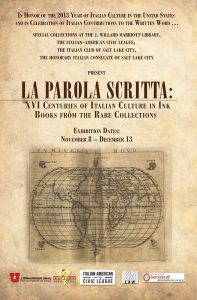
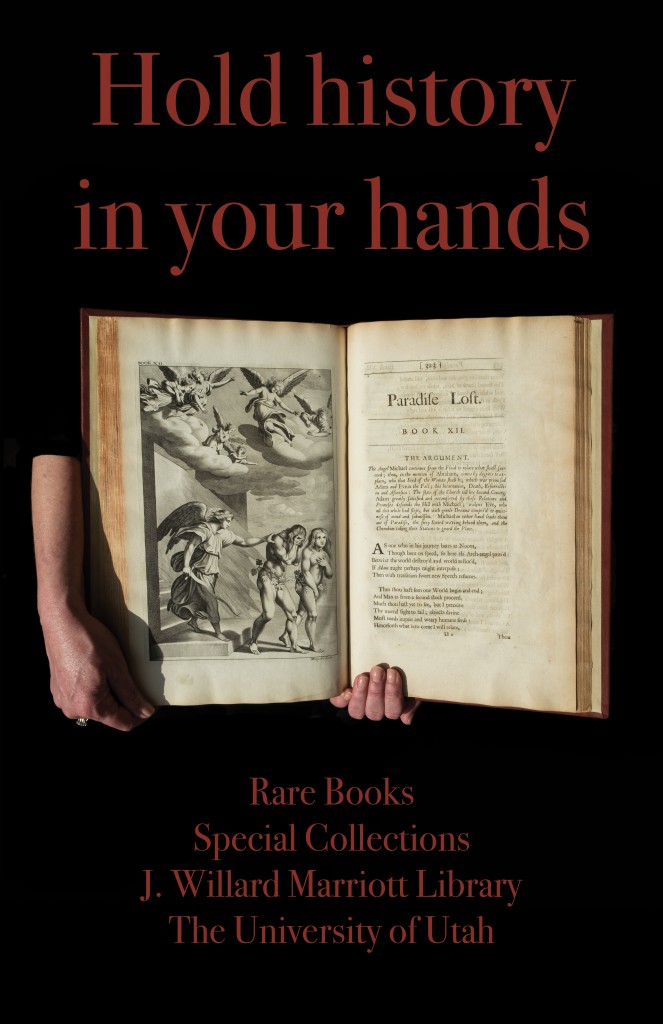

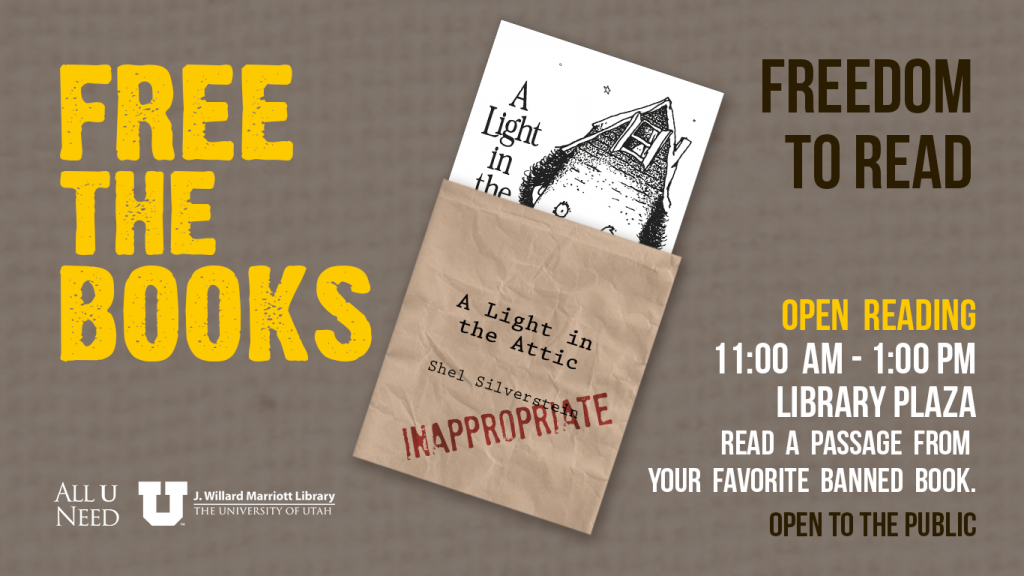
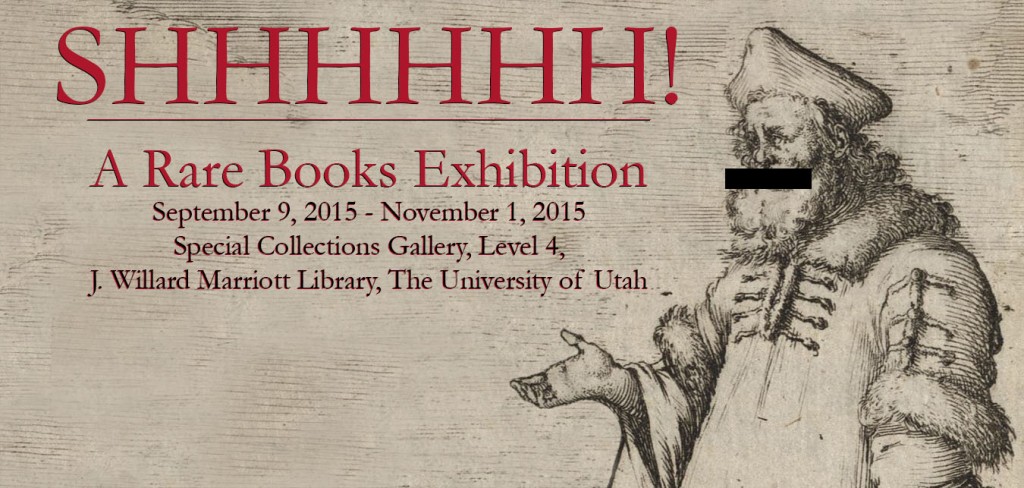

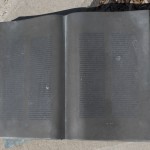
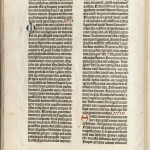
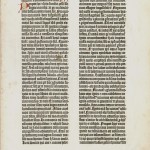

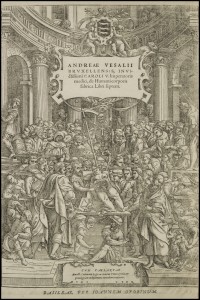

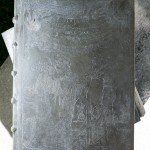



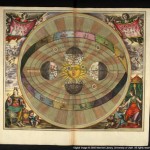
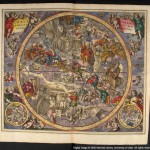
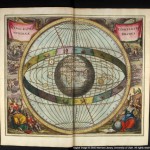
You must be logged in to post a comment.